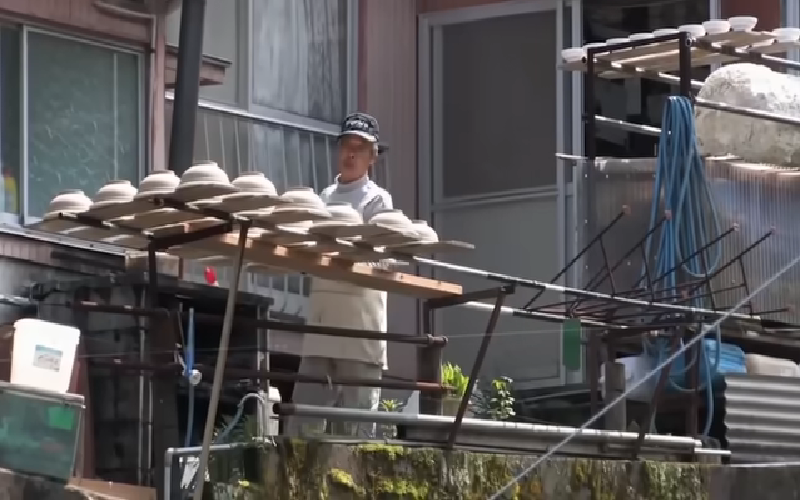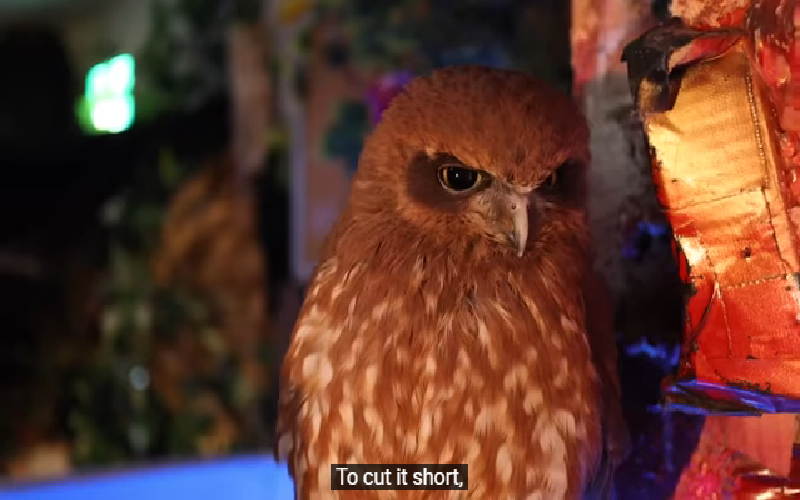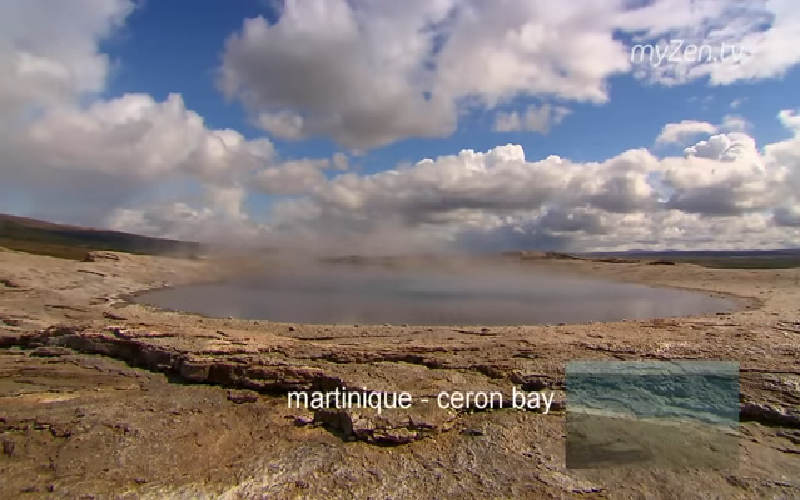
A real scandal erupted between the leading Russian Hermitage Museum and the German singer Till Lindemann.
A few weeks ago, the frontman of the rock band Rammstein announced on his Instagram account that he had launched his own tokens, which he called NFTill.
Five tokens with the image of Till against the backdrop of the halls of the Hermitage were placed on the market at prices ranging from 199 to 100,000 euros.
However, it turns out that the Hermitage did not agree to the use of photographs from the museum to create such images and sell them. Moreover, according to the press service of the museum, “during the filming, Mr. Lindemann abused the “right of a guest” and included in the video material that was not agreed in advance between the parties.”
“This is typical meanness and rudeness,” museum director Mikhail Piotrovsky said of Lindemann’s behavior in an interview with Forbes Life, adding that it was not only about intellectual rights, but also about intellectual aggression.
In the spring of 2021, although music videos are not usually filmed at the museum, Piotrovsky gave Lindemann permission to shoot the video there. The idea of the project was born in the year of Russian culture in Germany, when the German singer decided to sing in Russian the World War II song “Beloved City” near the walls of the Hermitage.
The museum likes the idea, especially considering that it is dedicated to the Victory Day – May 9, 2021. The video is of particular interest on Lindemann’s YouTube page and has already amassed over 2 million views.
However, the contract signed by the singer with the museum includes non-exclusive rights to images from the Hermitage – and only for the purpose of creating a video. Their use for the production of commercial tokens is not part of the terms of the agreement.
The museum sent Lindemann a warning that he had violated the terms and offered him an additional agreement governing the use of images in NFT tokens. But the singer and his representatives ignored the offer and did not respond.
“We also sent an official letter through the platform where they uploaded their NFTs. From there, they confirmed that they received a message, but so far there is no answer,” said Ekaterina Sirakanyan, head of the museum’s development department. When asked by Forbes Life to Anar Lindemann (Til Lindemann’s brother and agent), he replied in Russian: “I don’t comment on anything, I don’t answer questions.”
The Hermitage and the NFT Market
The representative of the Hermitage added that the museum does not plan to create an NFT with Till Lindemann. However, the Hermitage has its own plans to enter the NFT market. “We will issue five tokens that will be traded on Binance,” Sirakanian said.
It is expected that the Hermitage’s limited edition NFT tokens will appear in late August – early September 2021 and will include unique digital copies of works from the museum’s collections, such as Madonna Lita by Leonardo da Vinci, Judith by Dorgeone, Lilac Bush by Vincent van Gogh , “Composition VI” by Wassily Kandinsky, “A Corner in the Garden of Montgeron” by Claude Monet.
Based on each painting, two copies of the NFT were created – one will be stored in the museum, and the second – on the Binance marketplace. Hermitage Director Mikhail Piotrovsky personally signed the digital copies, certifying their authenticity.
According to Marina Tsiguleva, head of the museum’s legal department, it took the Hermitage only six months to use images for tokens in the international space. “With his illegal action, Lindemann violated our licensing policy and grossly violated the rights of the museum,” Tsiguleva said, adding that his actions were unacceptable for the museum and for ethical reasons.
Hermitage and intellectual property
There are no restrictions on non-commercial use of images in the Hermitage. People can take as many photos as they want and even post photos for personal use. But large-scale photography using cameras and stage lighting in the museum is allowed only for educational purposes, for the creation of documentaries and historical films. Permission to film in the Hermitage has recently been issued for only two feature films – dedicated to the Russian Ark museum by Alexander Sokurov and a recently filmed film by Ralph Fiennes about Rudolf Nureyev.
The museum has repeatedly encountered cases of infringement of intellectual property rights for commercial purposes, and enforcement of these rights is monitored by the entire structure of the legal department. Usually these problems are solved simply by concluding contracts.
“On the territory of the Russian Federation, the museum is respected and often people violate (rights) not because they want to do something bad – maybe they just don’t know the law. And many partners, having clarified the licensing policy and legislation of the Russian Federation, accept our conditions. “We are simply entering into a contract that has a retrospective effect and is valid even before the date of conclusion,” Tsiguleva said.
However, there are also gross violations in which attempts to negotiate are unsuccessful and eventually reach the court. For example, the St. Petersburg fashion designer Iya Yots, without the permission of the museum, used a photograph of Thomas Gainsborough’s painting Lady in Blue from the Hermitage collection. The photo is posted on the website and at the door of the designer clothing store. The museum offers her to conclude a contract for 150 thousand rubles with the right to use the painting for a period of 5 years. The entrepreneur initially agrees, but then changes his mind. As a result, the court decided the case in favor of the museum and forbade her to use the image.
Thomas Gainsborough, “Portrait of a Lady in Blue”
According to Tsiguleva, the Lindeman case as a whole does not differ from the designer’s case.
To be honest, after watching the clip, I did not notice any aggression. Of course, in all this one can see the desire to profit from both sides, but, as they say, it was necessary to wave their fists earlier.
And what do you think, who is to blame for this situation, and is it worth it to allow such shootings in museums at all?


